
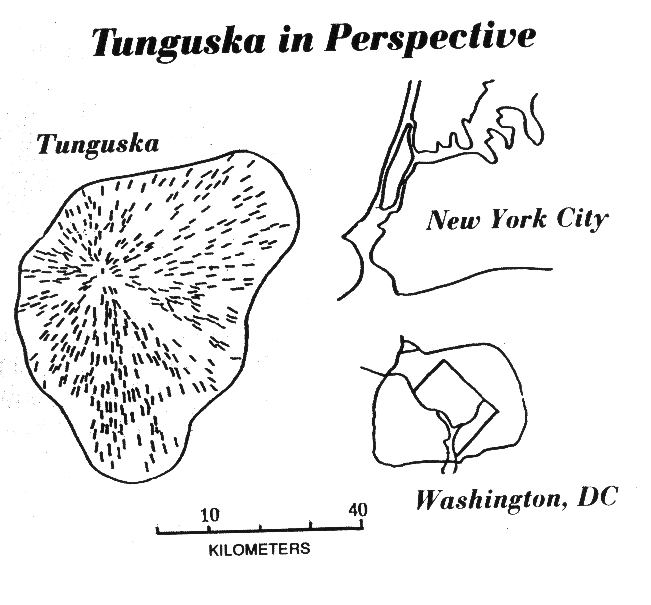
 Chesapeake Bay gravity structure.
Chesapeake Bay gravity structure.
 Buried Chicxulub structure.
Buried Chicxulub structure.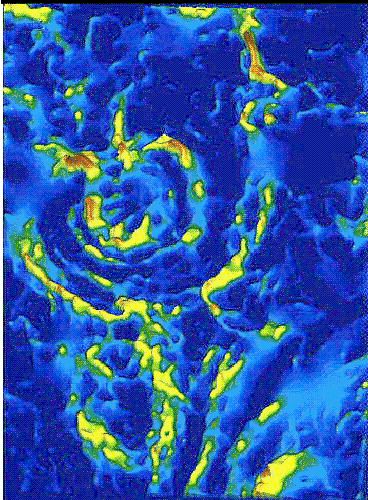 Gravity gradient near Chicxulub.
Gravity gradient near Chicxulub.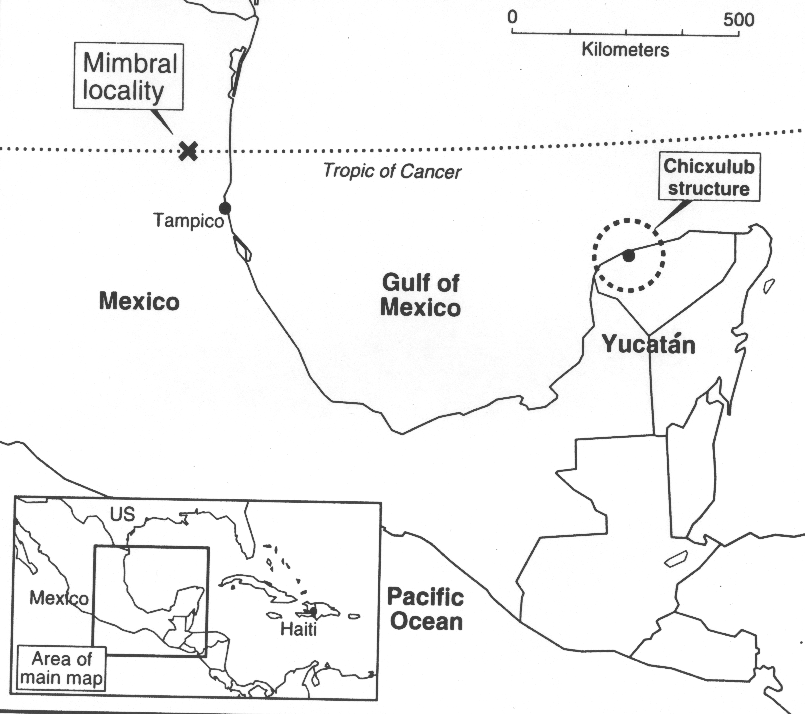

 Genuses pictured: Tschudypollis, Trisectoris, Tilia, Liliacidites, Aquilapollenites, Libopollis.
Genuses pictured: Tschudypollis, Trisectoris, Tilia, Liliacidites, Aquilapollenites, Libopollis.

 Chesapeake Bay gravity structure.
Chesapeake Bay gravity structure.
 Buried Chicxulub structure.
Buried Chicxulub structure. Gravity gradient near Chicxulub.
Gravity gradient near Chicxulub.

 Genuses pictured: Tschudypollis, Trisectoris, Tilia, Liliacidites, Aquilapollenites, Libopollis.
Genuses pictured: Tschudypollis, Trisectoris, Tilia, Liliacidites, Aquilapollenites, Libopollis.
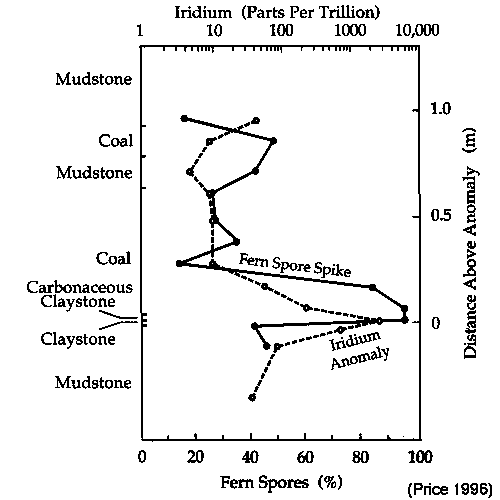 Increase in fern spores due to decrease in angiosperms in a nuclear winter scenario.
Increase in fern spores due to decrease in angiosperms in a nuclear winter scenario.
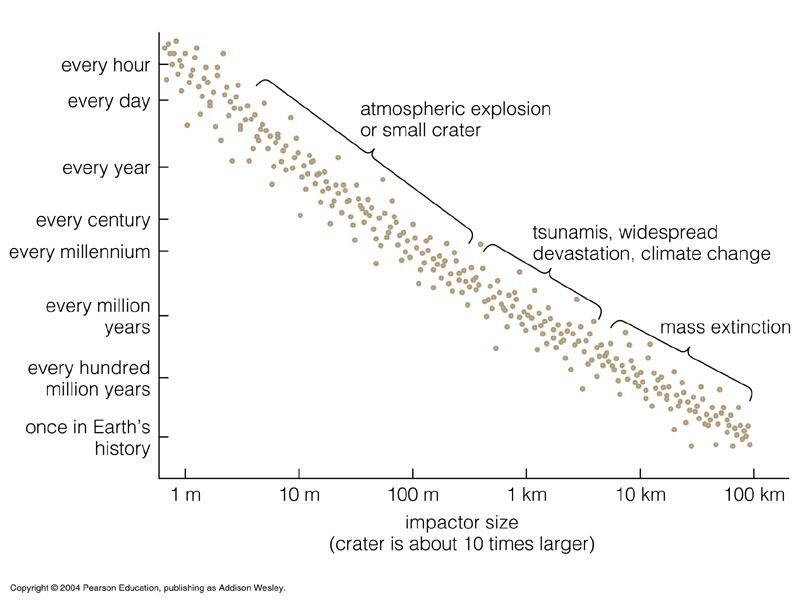
The odds of earth suffering a catastrophic collision with an asteroid over the next century are about one in 5,000, which is less likely than previously believed, according to research published this month.
Astronomers using data from the Sloan Digital Sky Survey found that the solar system contains about 700,000 asteroids big enough to destroy civilization. That figure is about one-third the size of earlier estimates, which had put the number at around two million and the odds of collision at roughly one in 1,500 over a one hundred-year period.
"Our estimate for the chance of a big impact contains some of the same uncertainties as previous estimates, but it is clear that we should feel somewhat safer than we did before we had the Sloan survey data," said lead researcher Zeljko Ivezic of Princeton University.
The results were published in the November 2001 issue of the Astronomical Journal.